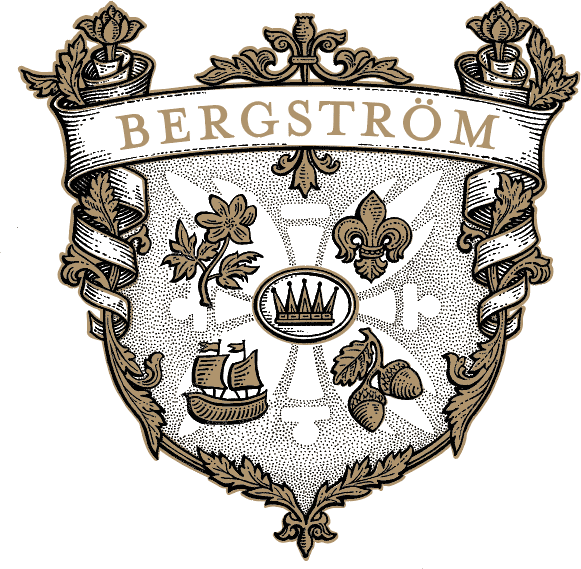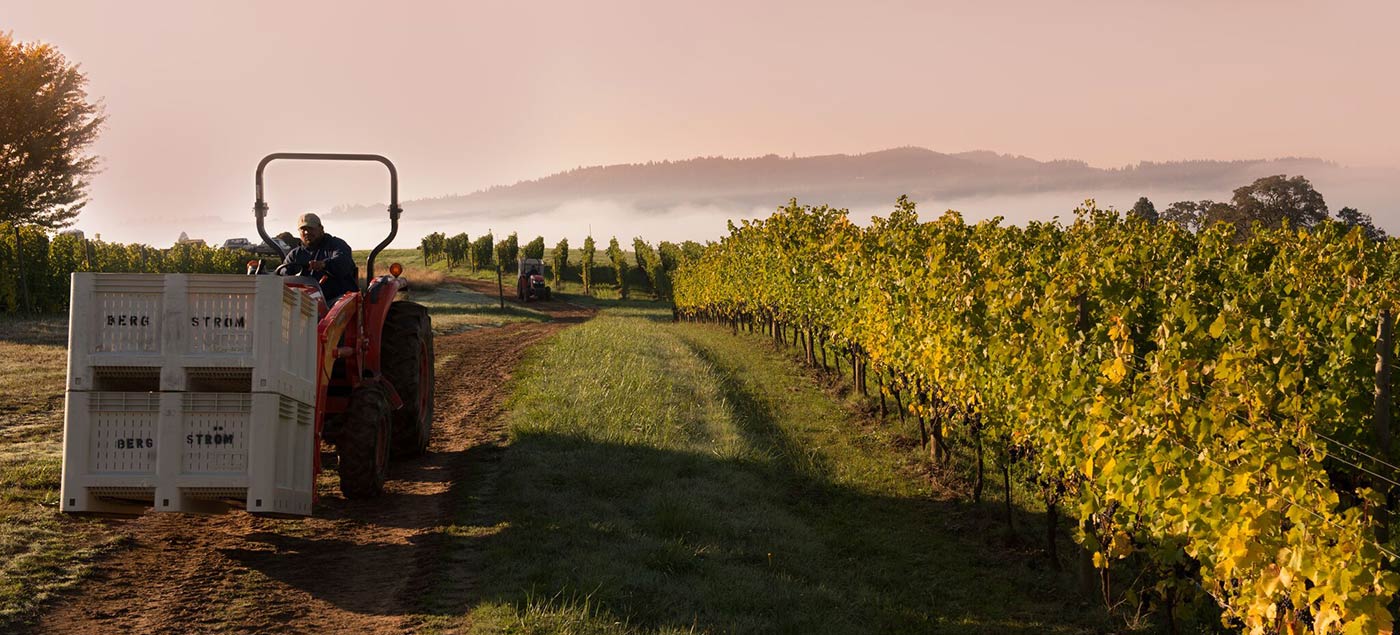 Okay, so the harvest gods were not rooting for the Oregon Ducks as much as I was.big deal right? So I lost a bet and if you want to see me wearing Cal Bear gear around ..say.Thanksgiving Open House, I have a brother in law who went to Berkeley who will most assuredly make it happen.
Okay, so the harvest gods were not rooting for the Oregon Ducks as much as I was.big deal right? So I lost a bet and if you want to see me wearing Cal Bear gear around ..say.Thanksgiving Open House, I have a brother in law who went to Berkeley who will most assuredly make it happen.
(Webmaster note: Josh forgot to add that his brother in law does a lot of the web editing on the side to help out…)
We are two days away from finishing the Pinot Noir harvest. The past days have been a tempest of fruit, pressure-washer mist, honey bees and yellow jackets and coffee/donuts/white burgundy/fill in the blank pleasure beverage/food. The winery is full to the gills. Does anyone out there have bathtub space to lease? Fruit is immaculate, ripe and tasty, tasty, tasty! The dehydration and dessication we were worried about turned out to be less of a worry and more of an ingredient. Fruit is turning up plumper than it looked in the field 5 days ago and flavors are fantastic. The early wines that we have barreled down are very pretty with amazing fresh berry aromas (vs. the pruny and tired aromas I was fearing once dehydration started in the fields.) We have had to add acid and a small amount of water routinely as sugars are off the charts and PH’s are a little higher than I would like to see in must readings. This, like 2003, will be the year of the winemaker. Those who are willing to help the wine do more than what the wine wants to naturally, will benefit this year.
First of all, no juice above 26 Brix can ferment to dryness and leave a balanced Pinot Noir. This year we are seeing Brix readings of 27-28 because of dehydration in the vineyard due to East winds and warm temperatures in late September and early October. This must be compensated for in the winery with a small amount of water added to the must to lower the sugars in the juice to a fermentable level for our yeasts. No..adding water to grape juice does not dilute the final product. Just think of it as making your Pinot Noir 14.5% alcohol vs. 18%. When water is added early enough in the cold-soak process, we are merely compensating for the dehydration which happened in the field and the wine will still be astonishingly ripe and rich (without the burning alcoholic finish that you love so much in late harvest Zinfandel.)
We will finish the Pinot Noir harvest on Friday. The past few days have seen the Hyland Vineyard, Temperance Hill Vineyard, Elton Vineyard, Cherry Grove Vineyard, Lea’s Vineyard, Vigna Giovanni Vineyard and the last of the Bergström Vineyard come in. The Pinot Noirs from 2006 are showing ripe flavors with good color, beautiful aromatics and medium to high density (mouthfeel.) I think it is too soon to say how long they will age or if they will be for immediate consumption until malolactic fermentation is done in the spring but he overall quality is high. We have also seen Chardonnay from Eyrie, Anderson Family Vineyard, Elton Vineyard and Durant vineyard. The earliest Riesling has arrived from Vigna Giovanni and the juice itself throws off astounding aromas of apricots as if you were in the orchard from where they grew. This will be an amazing vintage for Oregon white wines..and you can quote me on that. The white wines will have amazing aromatics, good acidity and I think good density. Whether or not they will age is yet to be determined of course but I am very excited about the quality.
Stay tuned to the next entry as we will finish the Pinot Noir harvest and get into Riesling territory. There are still over 200 tons of red wines cold-soaking in the winery waiting to start their fermentation which means lots of late nights, lots of decision making, lots of Martha’s Tacos and white Burgundies/fill in the blank pleasure beverage (I don’t know..maybe there are some people out there who don’t drink white Burgundy.)
Thanks for reading.

